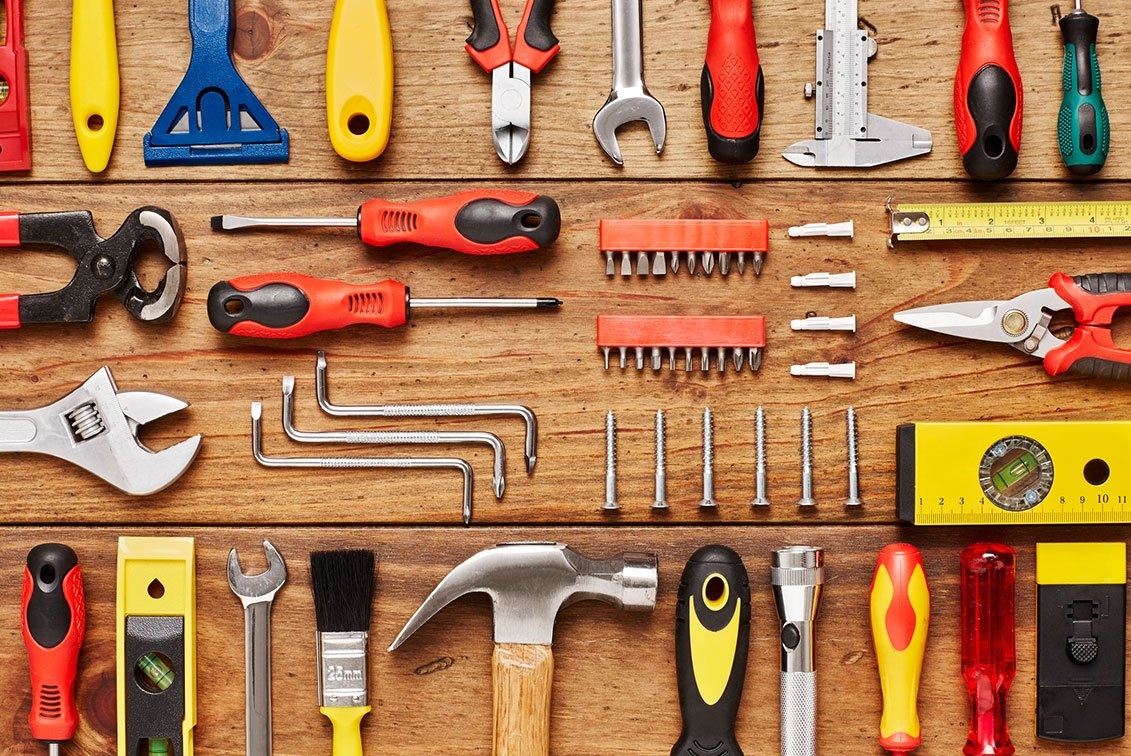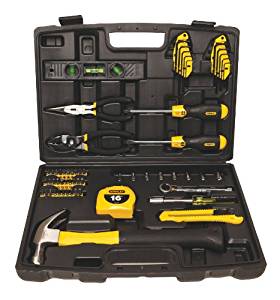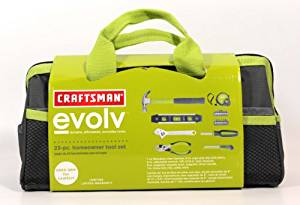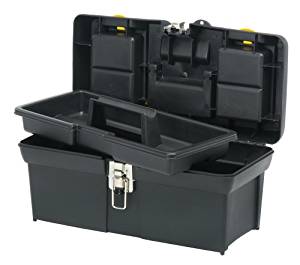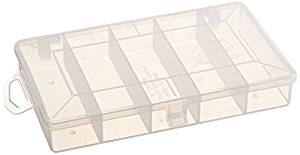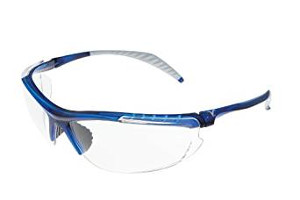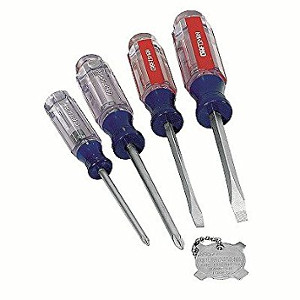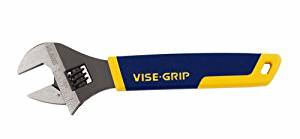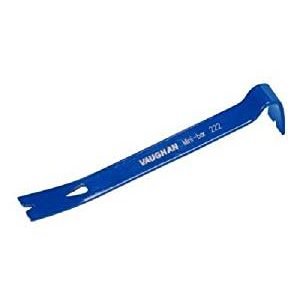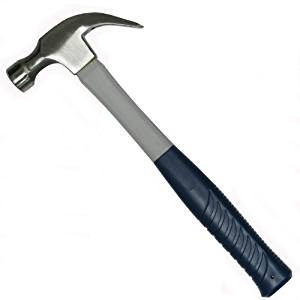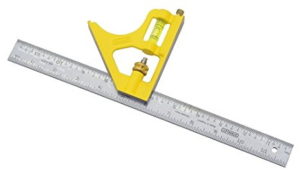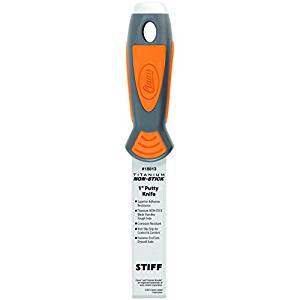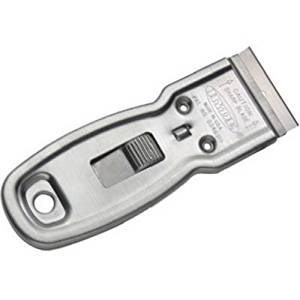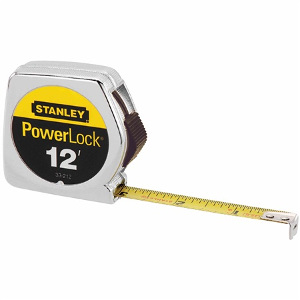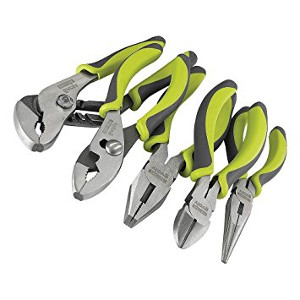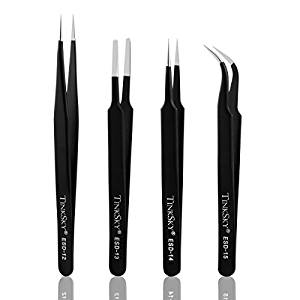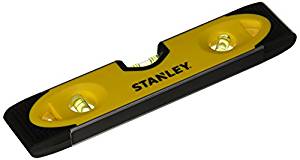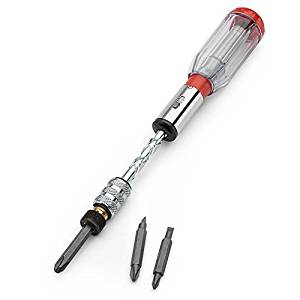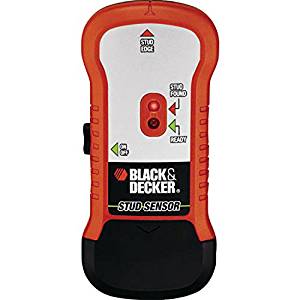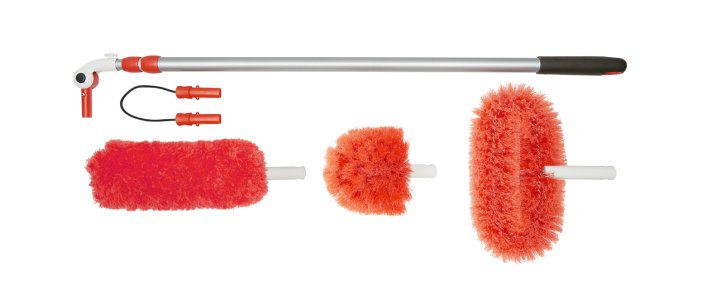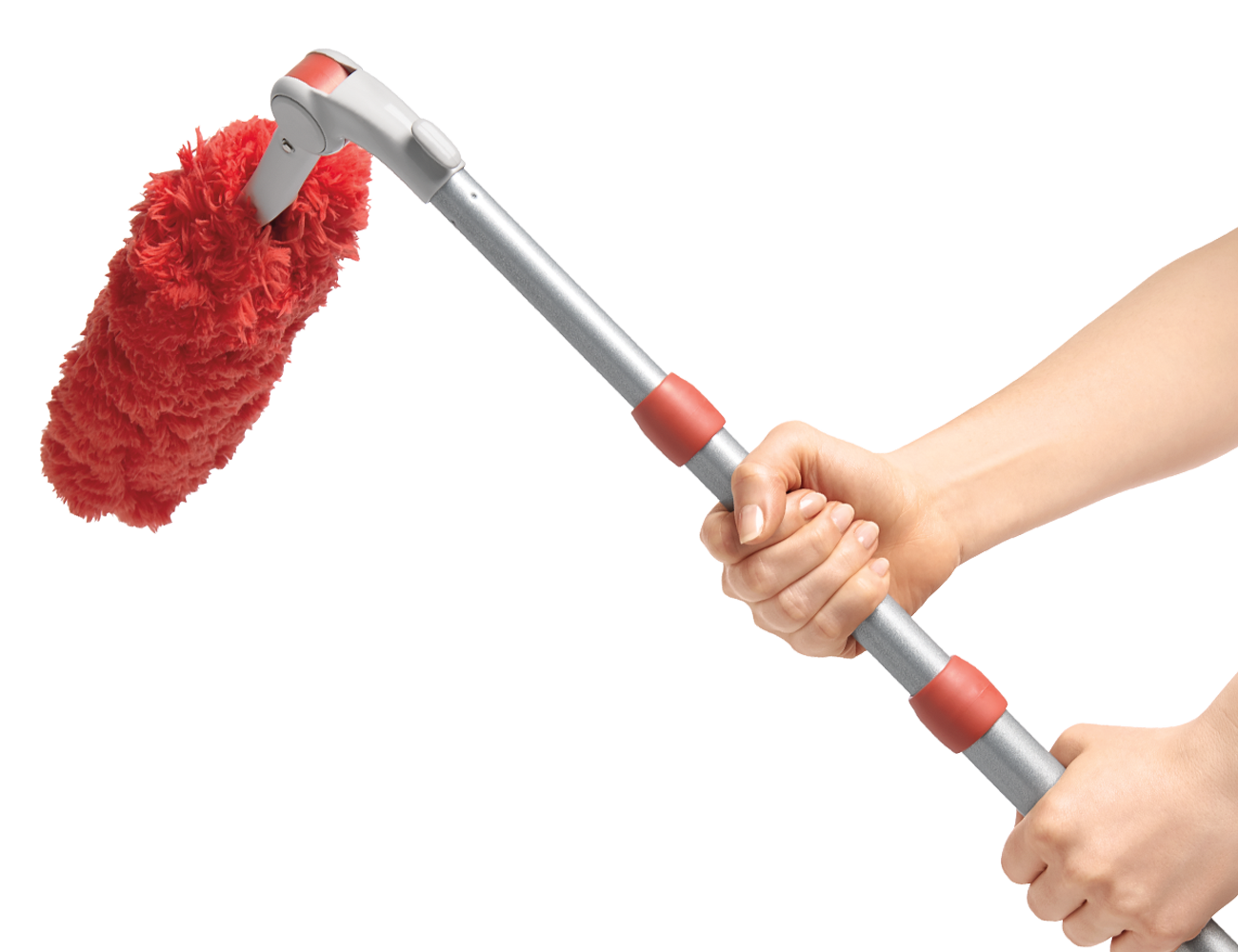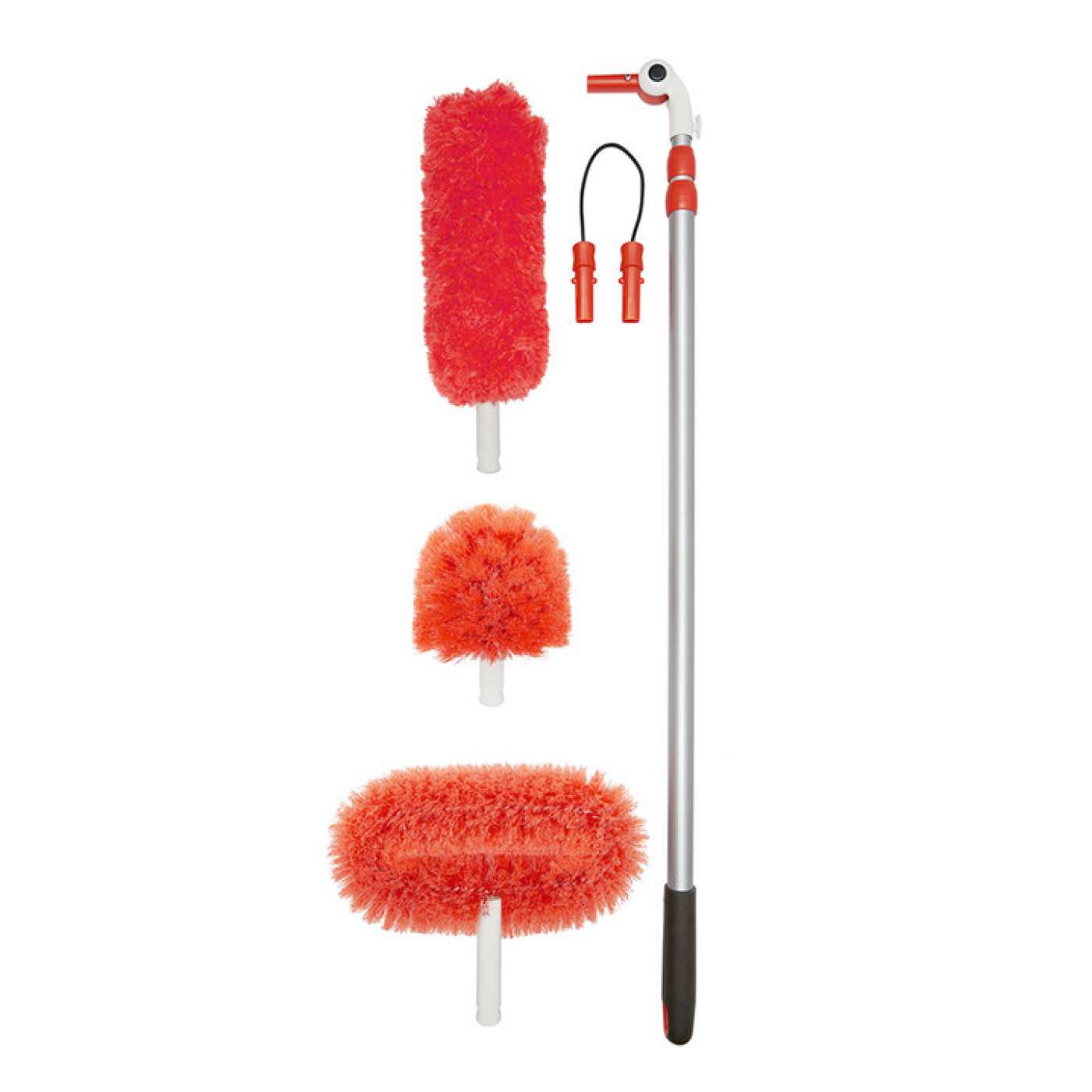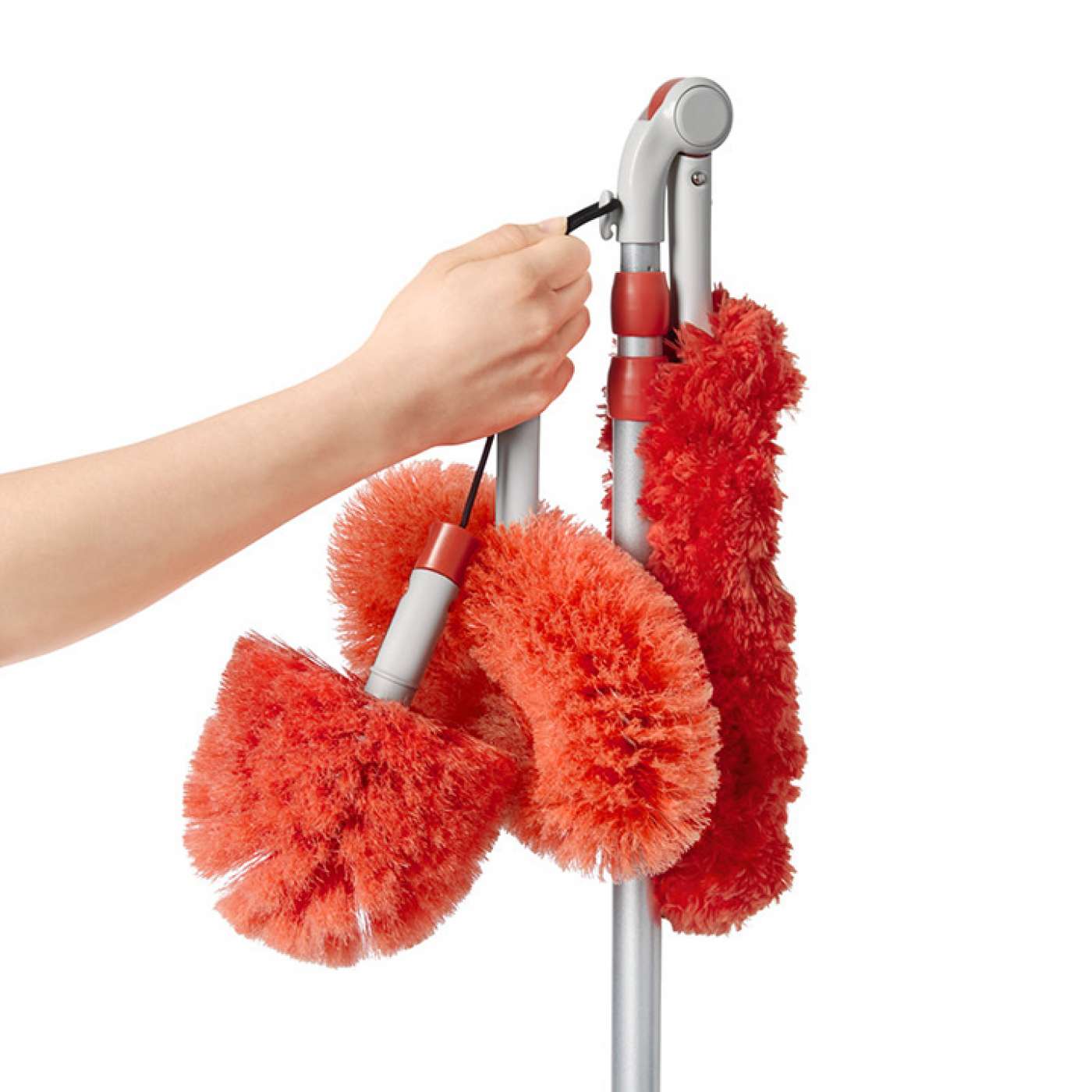
We’ve created this Ozone Therapy FAQ to answer our most frequently asked ozone questions, deliver a few important ozone facts, including a simple, non-technical ozone definition, and provide a basic understanding of ozone therapy, all in one convenient place.
If you have any ozone therapy questions not addressed below, please send them to us here, and we’ll answer them for you. Who knows, we may even add them to this FAQ!
What is ozone?
Simply put, ozone is a gas comprised of three atoms of oxygen instead of the two atoms in “regular” oxygen that we breathe in all day, every day.
Because of that extra atom of oxygen, ozone (O3), or “activated” oxygen as it is often referred, wreaks havoc with anaerobic organisms. It is the second most powerful sterilizer known to man. Second only to heat in its ability to destroy bacteria, viruses, fungi, yeasts, parasites, and odors.
The unique, oxidative properties of ozone are what makes it so effective in so many applications: water purification, air purification, medical and dental applications, mold remediation, and more.
What is ozone therapy?
Ozone therapy utilizes medical-grade ozone to produce curative effects in the body, helping it to heal naturally.
There are numerous methods of administering ozone therapy. From intravenous blood transfusions, like, Major Autohemotherapy, to insufflations of ozone gas into, or onto, the body, to simply drinking ozonated water.
The best method, or combination of methods, to use in each circumstance will depend on various factors, but, mainly, it will depend on the type of condition to be treated, and the overall well-being of the individual.
This article has more detailed information on all of the major types of ozone therapy, along with instructive videos.
How does ozone work?
How ozone works is remarkably simple. Ozone’s third oxygen atom is highly reactive and among the most powerful oxidizing agents available. When substances, like, bacteria, viruses, or fungi come in contact with ozone oxidation occurs, destroying the substance and converting the ozone back into plain, old oxygen.
How is ozone produced?
To produce ozone for use in ozone therapy a high-quality ozone generator and medical-grade oxygen are used.
The best ozone therapy generators use cold corona discharge technology and produce very pure ozone free from contaminants.
Basically, cold corona discharge cells create ozone by passing oxygen gas through an electrical field, or corona. The electrical current splits the oxygen molecules (O2) causing them to reattach to other oxygen molecules forming ozone (O3).
For a more detailed & technical explanation, check out this article, or this one here.
Is ozone therapy dangerous?
Thousands of studies have been done over the past 150 years showing ozone therapy to be incredibly safe and effective in healing a vast array of medical conditions.
Like most things, when done properly, there is little to no danger. As a matter of fact, according to ozone therapy researcher Velio Bocci in is book Oxygen-Ozone Therapy, “In spite of the famous “toxicity” of ozone, it appears that the incidence is only 0.0007%, one of the lowest in medicine.”
However, there are a few contraindications to consider. Avoid some, or all, types of ozone therapy if you have any of the following conditions:
- Pregnancy
- Glucose-6-phosphate-dehydrogenase deficiency (favism)
- Hyperthyroidism
- Severe anaemia
- Severe myasthenia
- Active hemorrhage
- All cases with blood coagulation failure
- Bleeding organs
- Thrombocytopenia
- Hemorrhagic or apoplectic stroke
- Ozone allergy
- Ozone intolerance
- Acute alcohol intoxication
- Recent myocardial infarction
Also use caution when taking any drugs or supplements, as ozone amplifies their effects, due to increased cellular absorption.
What are the benefits of ozone therapy?
Because it affects so many basic bodily functions, ozone therapy benefits are innumerable.
Here is but a brief list of some of the major ozone health effects/benefits:
- Decreases inflammation
- Stimulates and modulates the immune system
- Boosts oxygen utilization and cellular energy production
- Kills infections (viral, bacterial, fungal)
- Slows the aging process
- Prevents atherosclerosis
- Boosts metabolism
- Detoxifies
What is ozone therapy good for?
Medical ozone is used for treating:
- Cancer
- Lyme disease
- Chronic Fatigue
- Fibromyalgia
- Multiple Sclerosis
- Hepatitis B and C
- Herpes
- Back pain
- Rheumatoid arthritis
- Osteoarthritis
- Parkinson's Disease
- Acne
- Psoriasis
- Autoimmune deficiency
- Allergies and Chemical Sensitivities
- Asthma and COPD
- Circulatory Diseases
- Heart and Vascular Disease
- Peripheral Artery Disease
- Dementia and Cerebral Vascular Disease
- Sinusitis
- And much more . . .
Ozone therapy used in dentistry to treat:
- Oral infections
- Cavitations
- Root canals
- Caries/cavities
- Gum and periodontal disease
- Alveolitis
- Avascular osteonecrosis of the jaw
- Herpes virus infection
- Inhibit plaque formation
How can I find a doctor/dentist that does ozone therapy near me?
Start by checking out the following resources:
International College of Integrative Medicine Directory - a searchable database of doctors and dentists that perform complementary, alternative, integrative and holistic medicine, including ozone therapy.
Here’s a list of medical ozone organizations around the world. Many of the websites listed have searchable databases, those that don’t, contact them for referrals near you.
The American Academy of Ozonotherapy (AAO) - has a searchable database of ozone therapy practitioners.
List of where to get ozone therapy in the US, Canada, and several other countries.
How much does ozone therapy cost?
Ozone therapy costs vary depending on geographic location and type of procedure being performed. In general, expect to pay between $100 and $150 per treatment for injections, insufflations, and the like.
In most cases, a course of up to 10 treatments will be required, at an overall cost of between $1,000 and $1,500.
For intravenous procedures such as major autohemotherapy (MAH), 10-Pass, etc., expect to pay between $500 and $1,500 per treatment in the US.
Doing ozone therapy yourself at home is the most cost effective, long term. A quality ozone therapy generator and the required accessories will cost as little as $1,000, and as much as $5,000 for a complete set up, including a personal steam sauna.
Can I do ozone therapy at home?
Absolutely!
With the purchase of a quality ozone therapy generator like this one, and a few accessories, you can easily (and inexpensively) enjoy the many health benefits of ozone therapy at home.
From drinking ozonated water to doing ear, nasal, and rectal insufflations to enjoying an ozone sauna and more, all from the comfort of your own home.





